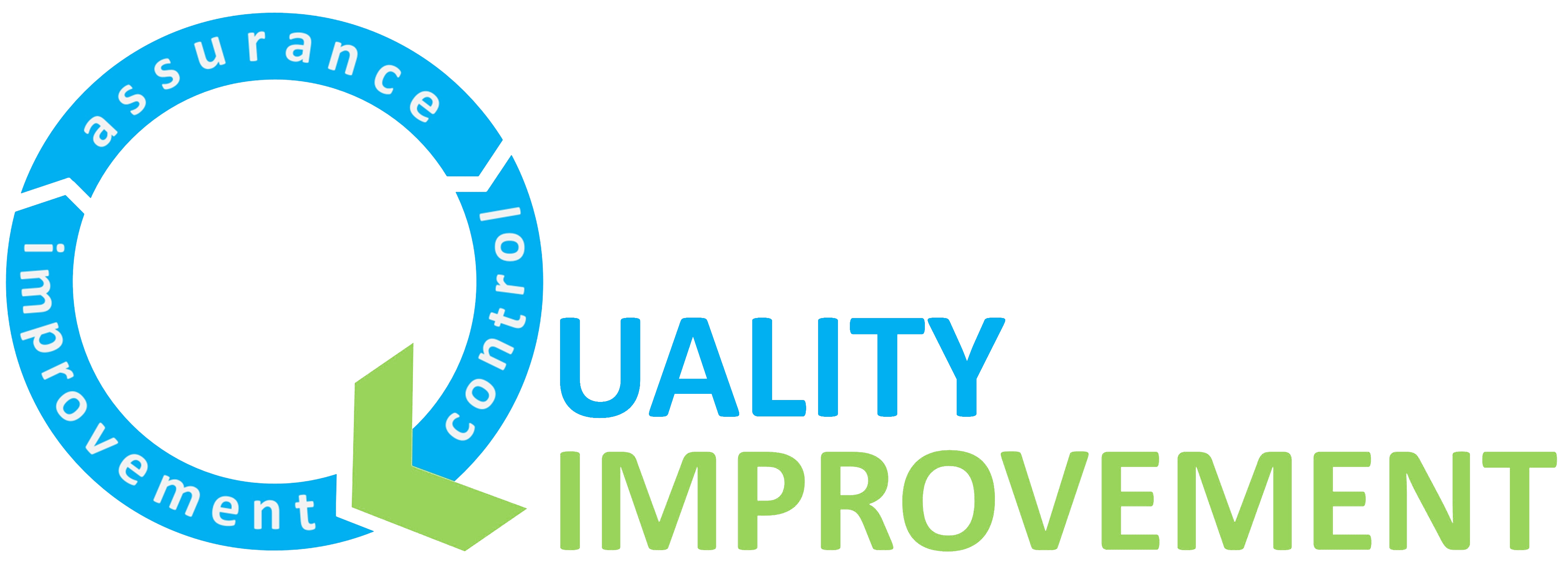
21st January 2019

With so many organisations now recognising the potential opportunity of applying quality improvement to solve complex issues, and increasing support for this approach from regulators and national bodies, it’s going to be pretty important to understand the key components that enable teams to own and integrate QI into their day-to-day work, particularly given the level of strain that the healthcare system is under. Everyone I talk to is already working hard, giving their best, trying to do all they can to improve the lives of those we serve. So how then to fit in quality improvement, without it becoming an additional burden?
Earlier this week, I was fortunate to hear the story told by a team of their successful quality improvement project, which was then discussed by a group of improvers from four different healthcare providers. Here’s what we heard and learnt…
 First and foremost, we felt the passion from everyone involved to solve the issue. The team chose the topic for their improvement work themselves, through a conversation with staff and service users. What emerged was a general dissatisfaction that service users on the secure forensic mental health ward weren’t able to fully utilise the leave off the ward that they had been granted, for a variety of reasons. The service users were frustrated that leave often had to be cancelled or couldn’t be facilitated by staff, which often led to conflict on the ward. Staff felt as if they were letting down their service users when leave couldn’t be facilitated due to staff availability, and that the service users’ recovery was often being impaired by not utilising opportunities to connect back with the community.
First and foremost, we felt the passion from everyone involved to solve the issue. The team chose the topic for their improvement work themselves, through a conversation with staff and service users. What emerged was a general dissatisfaction that service users on the secure forensic mental health ward weren’t able to fully utilise the leave off the ward that they had been granted, for a variety of reasons. The service users were frustrated that leave often had to be cancelled or couldn’t be facilitated by staff, which often led to conflict on the ward. Staff felt as if they were letting down their service users when leave couldn’t be facilitated due to staff availability, and that the service users’ recovery was often being impaired by not utilising opportunities to connect back with the community.
This initial open dialogue between staff and service users helped create a consensus and unity across the whole ward community around a complex challenge, with multiple factors contributing to the problem, that they all had an incentive to help solve. It was a topic that mattered to all stakeholders, and surfaced from within, rather than from higher up in the organisation. It seems startlingly clear to me that successful quality improvement work often starts from a single question: “What matters most?” to those who will be directly impacted by the work.
 Second, we heard a tale of genuine persistence. The team, made up of a diverse group of staff and service users, met every fortnight for a year. Every fortnight for an entire year… That takes commitment and dedication, whilst working on a busy and dynamic ward. Staff changes, increased acuity on the ward, incidents – none of these impacted on the regular rhythm of the fortnightly meetings. They became part of the routine habits within the team. But the work also needed structure.
Second, we heard a tale of genuine persistence. The team, made up of a diverse group of staff and service users, met every fortnight for a year. Every fortnight for an entire year… That takes commitment and dedication, whilst working on a busy and dynamic ward. Staff changes, increased acuity on the ward, incidents – none of these impacted on the regular rhythm of the fortnightly meetings. They became part of the routine habits within the team. But the work also needed structure.
As the team described their work, the clarity of roles shone through. The project had a clear leader, who incidentally wasn’t the formal leader of the ward team. But those with formal leadership roles within the team, the ward manager and Consultant, were fully involved in the work – attending the fortnightly meetings, ensuring the team found time for the work and supporting the integration of the work within existing spaces on the ward, such as the ward round and community meeting. This seems important to me. Both that those with formal power on the ward were actively involved, but also that the work was led by someone without a formal leadership responsibility, so she had a little more space and time to focus on the project.
 Third, we heard how the team included service users at every stage of the project – from the very first conversation about what they should improve, through to understanding the problem, to considering how they might solve it. Here’s an example that left us all in awe. The team used a common quality improvement tool called a Fishbone diagram, or cause-and-effect diagram, first developed by Dr Kaoru Ishikawa, a Japanese quality expert. The tool helps identify the root causes contributing to a problem. Many of us have probably used this tool before, but we were surprised by the way in which the team created theirs.
Third, we heard how the team included service users at every stage of the project – from the very first conversation about what they should improve, through to understanding the problem, to considering how they might solve it. Here’s an example that left us all in awe. The team used a common quality improvement tool called a Fishbone diagram, or cause-and-effect diagram, first developed by Dr Kaoru Ishikawa, a Japanese quality expert. The tool helps identify the root causes contributing to a problem. Many of us have probably used this tool before, but we were surprised by the way in which the team created theirs.
They used one of their weekly community meetings on the ward with around 10-12 service users to understand the factors that caused leave to be unmet. The cause and effect diagram below was created by this group of service users. Pretty phenomenal – while many of us improvers use this tool routinely, I’m not sure I’ve ever seen one created by a group of patients or service users before.
At East London NHS Foundation Trust, we have recently evaluated all our completed QI projects (several hundred at this point) and compared those that have involved full partnership with service users (which we call the Big I of involvement) against others. We found that those with Big I involvement were 2.8 times more likely to have successfully completed than those that had no involvement of service users, or just occasional involvement. Even more evidence to suggest that involving service users doesn’t just help us develop better ideas, or support their recovery, or accelerate the work – it also gives the project a much better chance of actually achieving its aim.
The team spoke proudly about the ideas they had tested, which had helped them improve from an average of 3.5 unmet leaves each week a year ago, to 0.4 unmet leaves each week at present. I came away energised and inspired by their story, and with three lessons that I think we can all incorporate into the way we use quality improvement in our teams: ensure we focus on what matters most to the staff and service users involved, be persistent and develop a regular rhythm for the work, and involve our patients and service users from the very beginning through to the very end as full partners in the improvement effort.
You can read all past QI Essentials posts here.
18th July 2018
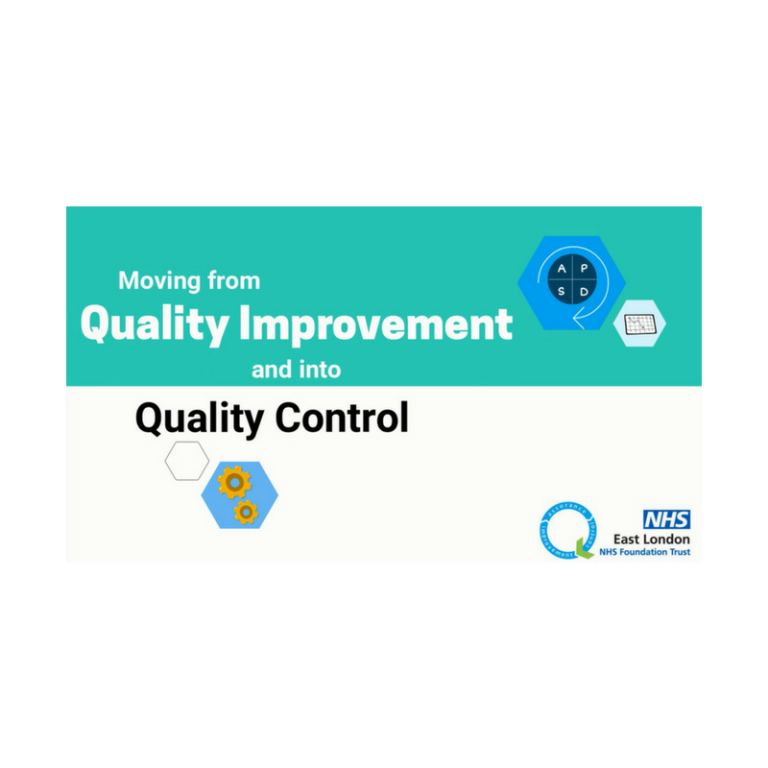
20th May 2019
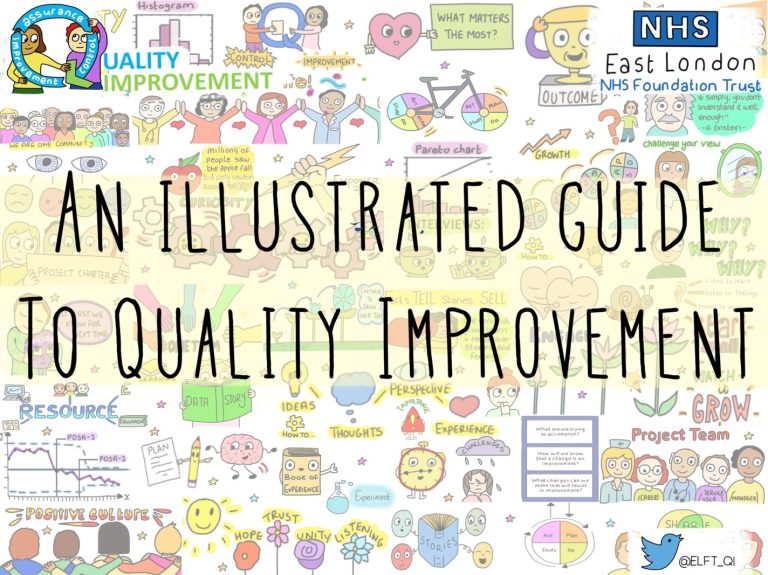
22nd March 2016
21st January 2021
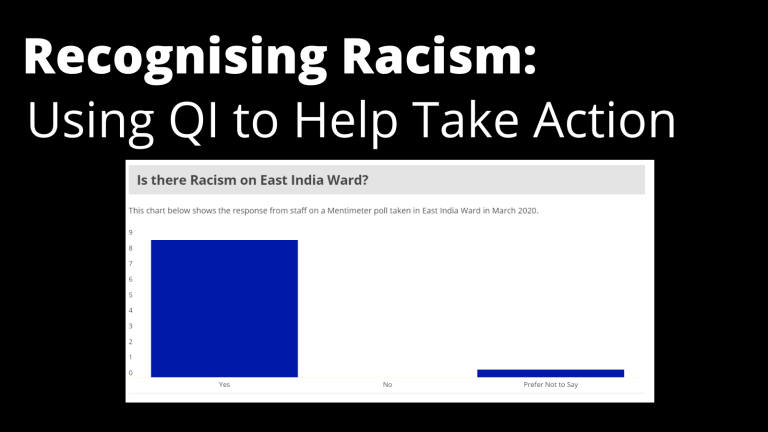
31st March 2023
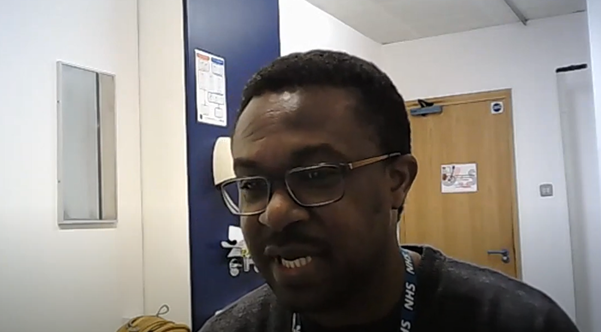
18th March 2019

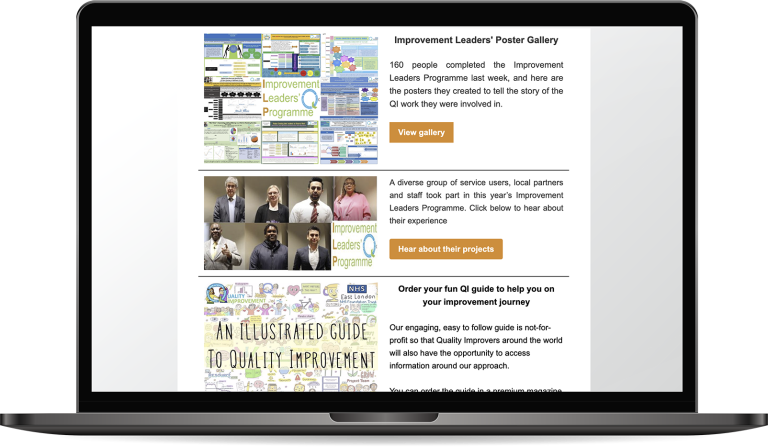
To keep up to date on the latest concerning QI at ELFT, follow us on our socials.

